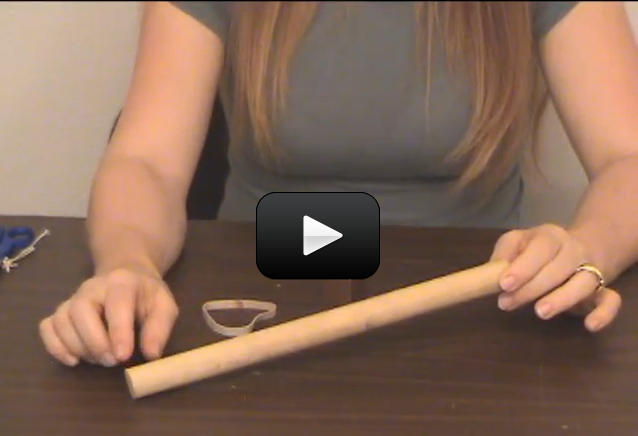Parts of the Lever
Levers, being simple machines, have only three simple parts. The load, the effort, and the fulcrum. Let’s start with the load. The load is basically what it is you’re trying to lift. The books in the last experiment where the load. Now for the effort. That’s you. In the last experiment, you were putting the force on the lever to lift the load. You were the effort. The effort is any kind of force used to lift the load. Last for the fulcrum. It is the pivot that the lever turns on. The fulcrum, as we’ll play with a bit more later, is the key to the effectiveness of the lever. There are three types of levers. Their names are first-class, second-class and third-class. I love it when it’s that simple. Kind of like Dr. Seuss’s Thing One and Thing Two. The only difference between the three different levers is where the effort, load and fulcrum are. Please login or register to read the rest of this content.Please login or register to read the rest of this content.


Please visit Unit 21, Advanced Physics. The math is completed worked out for you in that section of the website.
The worksheet is very complicated. Unit 4: Lesson 1. F = (W * X) / L It then goes on to ask problem 1. We are still trying to understand the concepts. Can you please explain problems 1 and 2 so I can try to explain the math to my kids? Problem 1 has the 120 lb and lifting 200 lb water and Problem 2 has the 24 ‘ board for reference. Would you consider when having math problems when there is one example completely written out? Math is an absolute struggle for me! Thank you I appreciate it